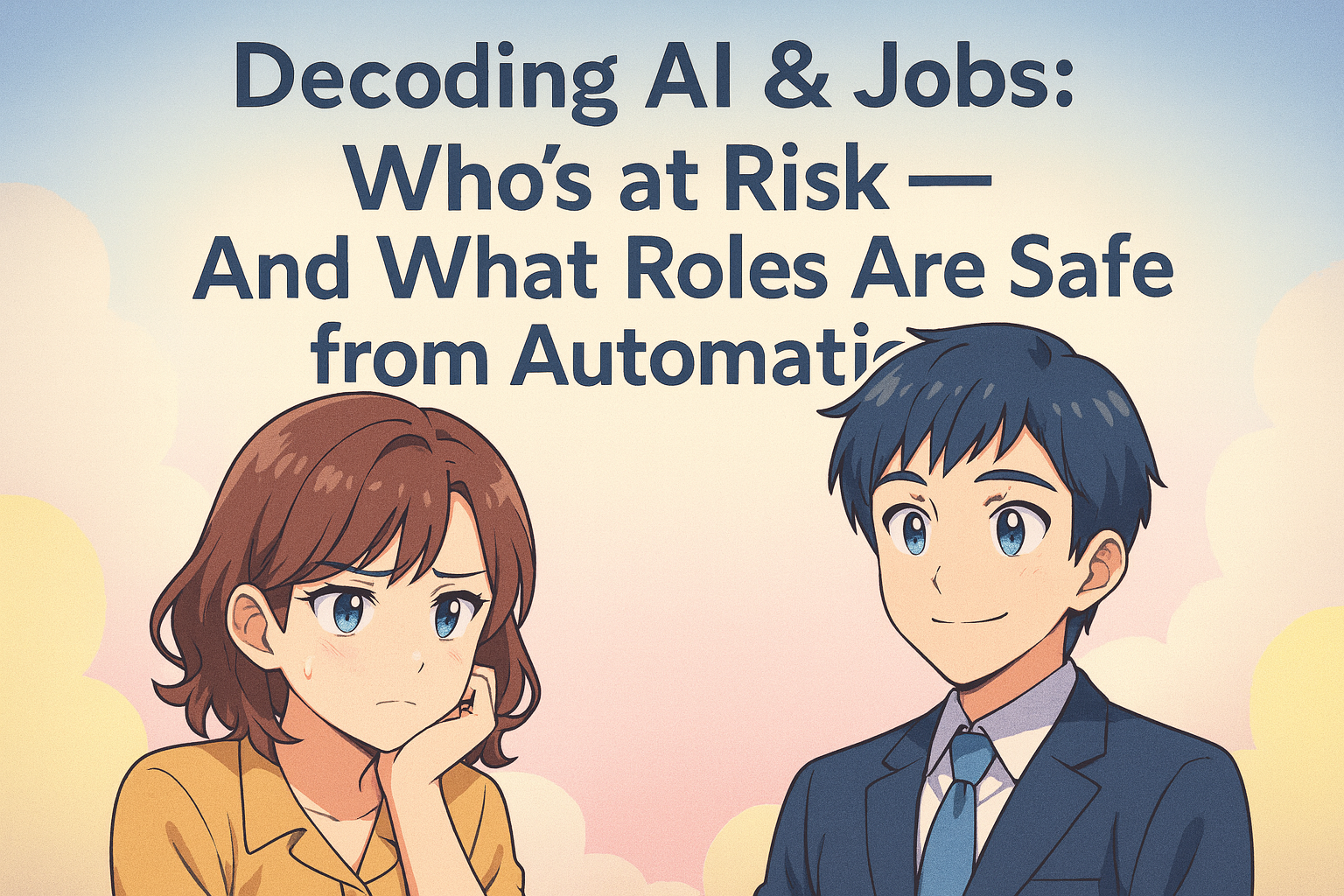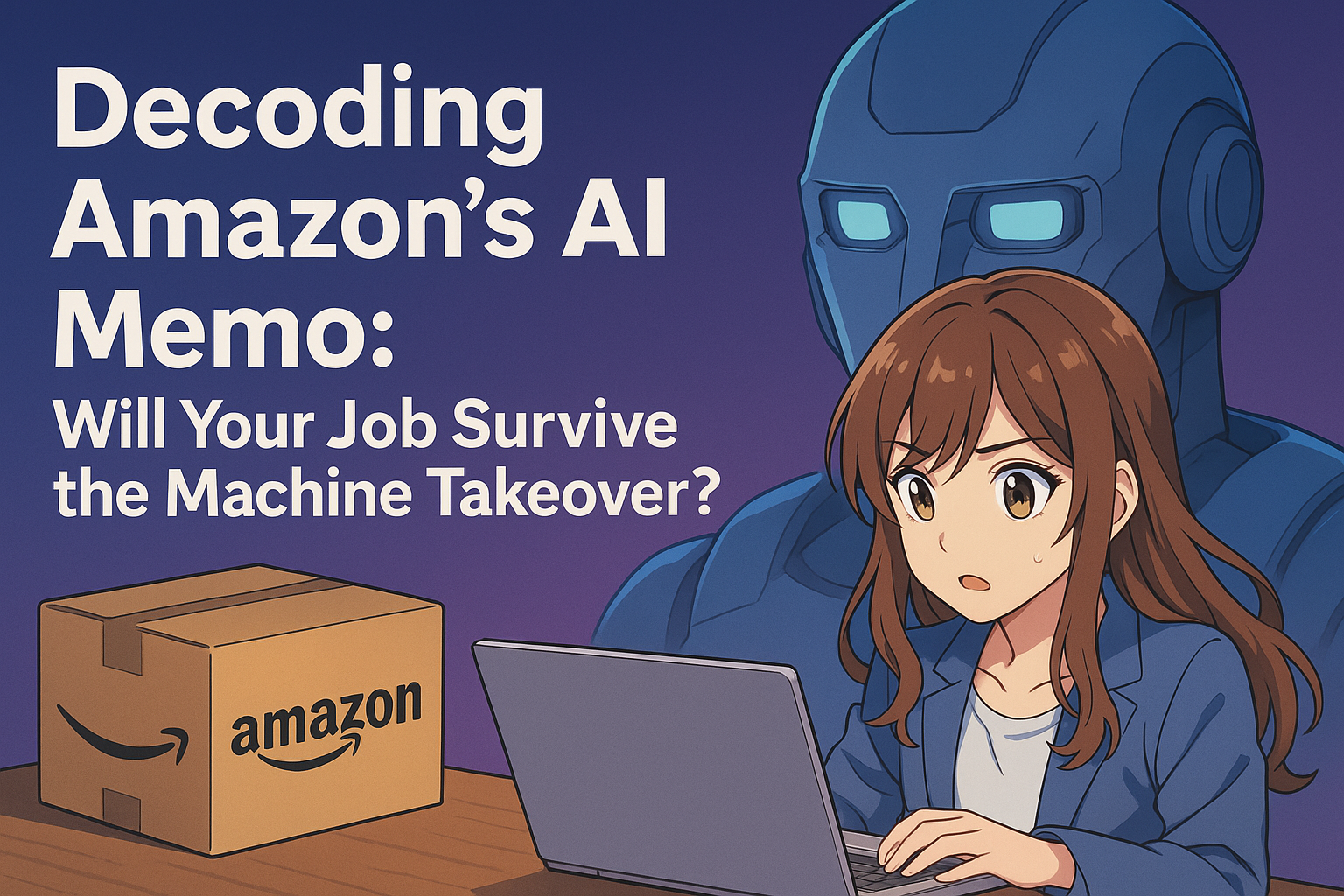A new Microsoft report analyzing over 200,000 Bing Copilot chats reveals which jobs AI can already perform — and which ones remain safe. RagaDecode breaks down the findings and what they mean for your future.
WHO: The Humans on the Line
- Most at risk: Translators, historians, writers, customer service agents, and even journalists.
- Safe (for now): Doctors, massage therapists, housekeepers - jobs requiring physical presence and human empathy.
- Behind the report: Microsoft researchers, using data from Bing Copilot interactions to assess AI’s real-world capabilities.
WHAT: AI’s Task-Based Takeover
- Microsoft developed an “AI applicability score”, measuring how well AI performs tasks central to each profession.
- High applicability = high job risk. These tasks include:
- Language translation
- Historical research
- Content creation
- Customer engagement
- Proofreading & data analysis
WHEN: The Timeline of Disruption
- Then (1930): 25% of Americans worked in agriculture.
- Now (2025): Less than 2%. Mechanization replaced manual labor.
- Today’s shift: White-collar tasks are under threat, mirroring the industrial shifts of the past century.
WHERE: The Global Workplace
- While Microsoft’s data stems from Bing Copilot users (largely Western), the implications are global.
- Sectors like outsourced customer support, translation, and journalism in developing countries may feel the squeeze faster due to cost-based displacement.
WHY: AI Excels at Predictable, Repetitive Tasks
- AI doesn't tire, forget, or take breaks. It scales instantly and improves rapidly.
- Irony noted: Even data scientists, the very architects of AI, are at risk because AI can now write code and analyze data autonomously.
- But: AI still struggles with physical dexterity, empathy, and complex decision-making in unpredictable environments.
HOW: Surviving the Shift
- Adaptation > Competition.
- Learn what AI can’t do: emotional intelligence, critical thinking, physical labor, and ethical judgment.
- Upskill in areas that complement AI, such as:
- Managing AI tools
- Human-AI collaboration
- Creative and strategic thinking
Sources & Further Reading
- Microsoft Copilot AI Chat Report (2025)
- U.S. Labor Statistics Historical Trends
- Expert commentary on AI’s impact on journalism and healthcare
Conclusion: The Future Isn’t AI vs. Humans - It’s AI with Humans
Artificial intelligence isn’t here to steal jobs—it’s here to reshape them. While roles based on routine, repetitive tasks are clearly vulnerable, the jobs that demand human nuance, physical presence, and emotional intelligence remain resilient.
The key isn’t resistance. It’s reinvention. Those who thrive will be the ones who learn to work with AI, not against it—augmenting their skills, embracing continuous learning, and leaning into what machines still can't replicate: judgment, creativity, and empathy.
The disruption is real. But so is the opportunity. The question isn't "Will AI replace me?" It's "Am I ready to evolve?"




